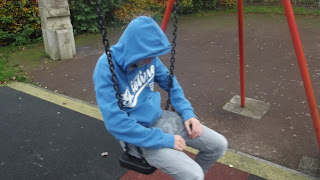Location Recce Sheet
Location Name.. park
| Power Sockets | Permission(s) |
| None | None needed |
| Set design / Items required | Props. Costume. |
| Brandon Camera | None |
| Preperation Notes | Health & Safety Notes |
| Think about Making sure not to get people in shot That don’t want to be Especially children | None |


















